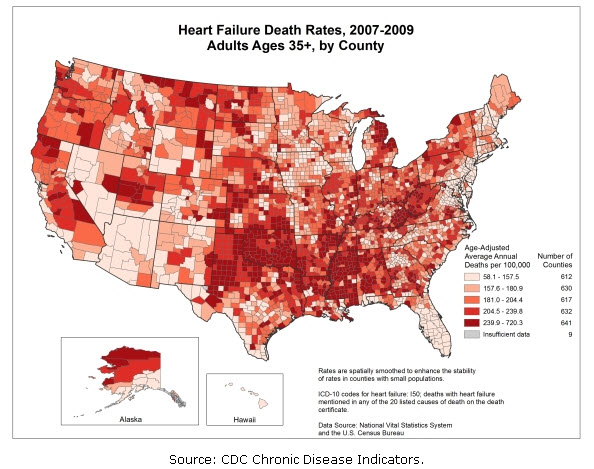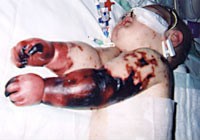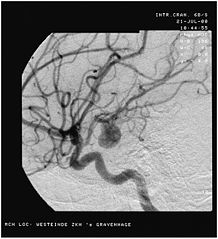Medical Malpractice Prevention – Are shorter shifts for medical interns a good thing?
A 2004 landmark study found that medical interns working a 24-hour shift in ICU committed 36 percent more serious medical errors than when they worked 16 hours. This study started the debate that lead to the creation in 2011 of a new rule that required the maximum allowable shift for medical interns to change from 30 straight hours to 16. This rule created a lot of controversy in the medical world and some recent studies question the real benefit of shorter shifts for interns.
In her new article Sandra G. Boodman from the Washington Post gives a detailed overview of the situation then and now.
 New York Personal Injury Attorneys Blog
New York Personal Injury Attorneys Blog




 In order to prevent
In order to prevent 